
views
Looking at the Plastic Symbol and Number
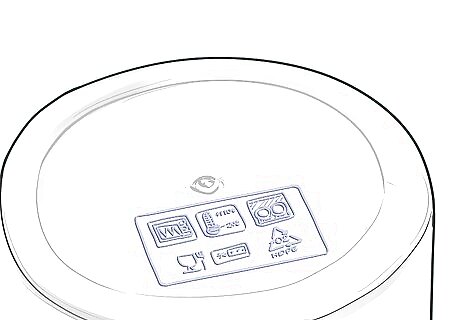
Flip the bucket upside down. The label that indicates what kind of plastic the bucket is made out of is generally found on the bottom of the bucket. Flip it over so you can easily see the bottom. Clean off the bucket if it’s dirty so you can find the label.
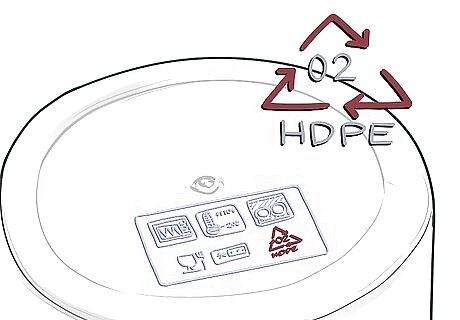
Look for the recycling symbol. The universal recycling symbol is a triangle shaped logo made up of 3 arrows. The symbol doesn’t necessarily indicate that the material is recyclable but it can be an explanation of what the item is made out of. The logo may be a raised icon etched into the plastic.Tip: Sometimes the symbol may be a different color than the rest of the bucket, but it is often the same color and blends into the material, so look closely for it.
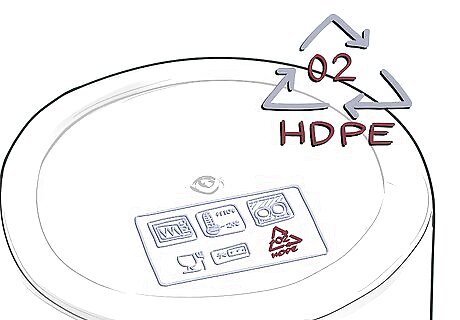
Find the inscription labeled HDPE with a number 2. Just below the recycling symbol there’s an abbreviation that indicates what type of plastic the bucket is made of. High Density Polyethylene, or HDPE, is the most commonly used food grade plastic. Look for a number 2 inside of the symbol to confirm that the bucket is HDPE. HDPE plastic does not necessarily mean that the bucket is safe to store food. For example, the bucket may have been used to hold bleach or a chemical that could be toxic if it’s consumed. Most juice or milk containers and 5-gallon food buckets are made from HDPE plastic.

See if there is an abbreviation PETE, LDPE, or PP. Other plastics that are sometimes used for food grade buckets include polyethylene terephthalate (PETE), low density polyethylene (LDPE), and polypropylene (PP). Look for one of these abbreviations beneath the recycling symbol to identify plastic that may be considered food grade. If the PETE plastic may be food grade, it will have a number 1 in the center of the recycling symbol. PETE plastic is often used for products like peanut butter and jelly jars and salad dressing. The abbreviation LDPE will have a number 4 in the center of the symbol if it’s possibly food grade plastic. LDPE is used for a variety of food items from bread and frozen food bags to squeezable mustard and honey bottles. The PP abbreviation will have a number 5 in the center of the recycling logo if it is potentially food grade. This type of plastic is commonly used for containers that hold ketchup, syrup, and yogurt.
Checking for Other Symbols and Clues
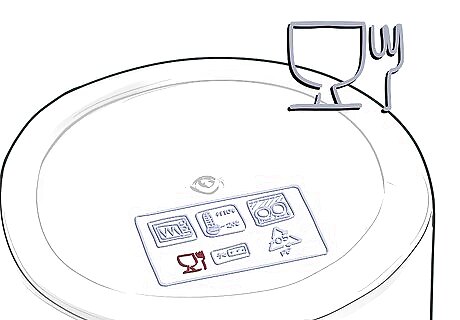
Check for a cup and fork symbol on the bucket. Some food grade buckets will have a symbol that indicates that it’s safe to use for food storage. The symbol will often be a cup and fork symbol on the plastic bucket. Check near the recycling logo for the food and cup symbol. There may also be a marking that says “USDA approved” or “FDA approved” on the bucket.
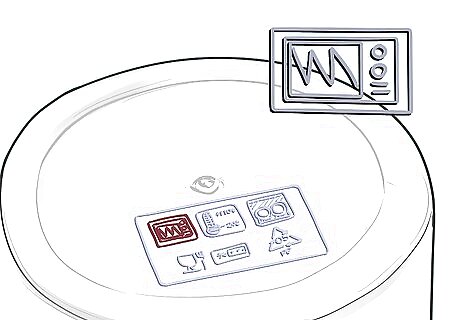
Identify any additional symbols on the bucket. Other symbols you may find include radiating waves to indicate that it’s microwave-safe, a snowflake that means the plastic is freezer-safe, or an image of dishware that indicates that the plastic is dishwasher safe. These are often used on plastic containers that are safe to be used with food. If you’re unsure of what a symbol means, try looking it up online to identify it.
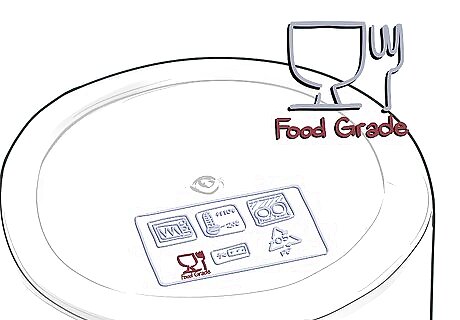
Look for a label that indicates that the bucket is food grade. Many buckets that are safe to use for food storage will have a marking that says “Food Grade” or “Food Safe” on the plastic. Check the bucket for a marking that says it’s safe for food. Look near the recycling and plastic symbol on the bottom of the bucket.
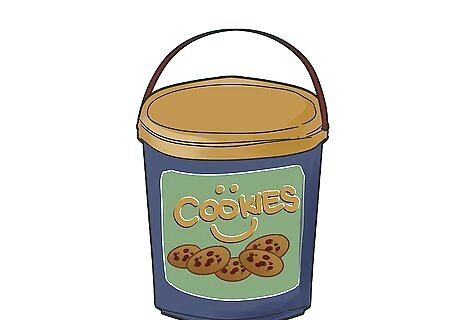
Find out if the bucket has been used to store food before. One way you can confirm that a bucket made out of food grade plastic is safe for food storage is to find out what it was previously used for. If it was used to store food, there’s a good chance that the bucket is safe for food storage. Ask the person selling or giving you the bucket what it was used for. Just because a plastic bucket was previously used to store food doesn’t mean it’s safe for you to use for food storage. Make sure it’s made out of food safe plastic.Tip: If you’re unsure of what the bucket was used for in the past, don’t use it to store food. You could contaminate the food you plan to store.
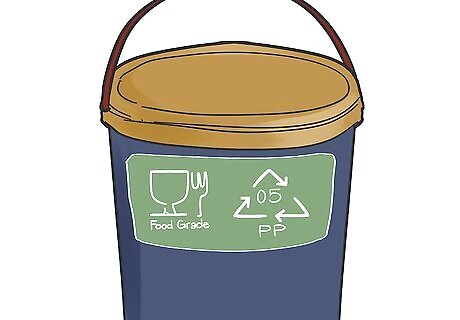
Read the packaging or the tag on the bucket for a description. Even if a bucket is made out of food grade plastic, it could have a colored dye that was added to it that would make it unsuitable for food storage. Check the label and description of the bucket to see if it says that it is safe to use for food storage. Some colored dyes are be toxic and can contaminate food.














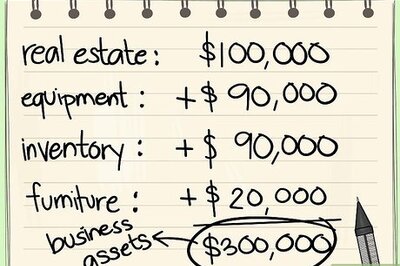


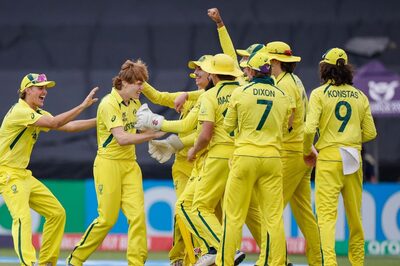

Comments
0 comment